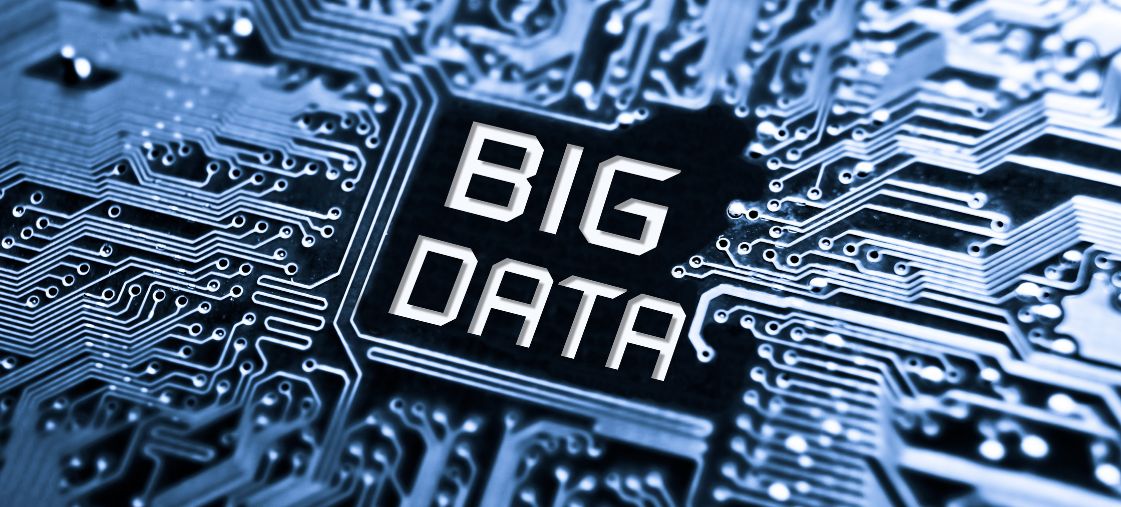
The Transformative Role of Big Data in Modern Marketing Strategies
Understanding the fundamental role of Big Data in Modern Marketing is no longer optional for businesses seeking relevance and growth; it’s the very foundation upon which successful, customer-centric strategies are built. In an era defined by digital interactions and countless touchpoints, customers generate an enormous trail of data – clicks, views, purchases, searches, social media interactions, and more. Big Data refers to the technologies and practices used to collect, process, analyze, and interpret these massive, complex datasets, extracting valuable insights that were previously unattainable. It empowers marketers to move beyond intuition and broad assumptions, enabling precise targeting, deep personalization, predictive forecasting, and optimized performance across all initiatives.

From Mass Marketing to Micro-Moments: The Data Revolution
Traditional marketing often relied on broadcasting messages to large, undifferentiated audiences through mass media channels. Success was measured broadly, and understanding individual customer preferences was difficult. Big Data fundamentally changes this paradigm. By analyzing granular data points from millions of interactions, marketers can gain an incredibly detailed understanding of individual customer needs, behaviors, and journeys. This allows for a shift towards micro-targeting and personalization, delivering the right message to the right person at the right time through the right channel. The ability of big data in shaping marketing strategies is profound, enabling a level of precision and relevance that was unimaginable just a decade ago, transforming marketing from an art based on guesswork to a science driven by evidence.
Understanding the “Vs” of Big Data in a Marketing Context
Big Data is often characterized by several “Vs” that highlight its unique nature, especially relevant for marketing applications:
- Volume: The sheer amount of data generated daily from website traffic, social media feeds, CRM systems, ad platforms, IoT devices, and more is staggering. Marketing needs tools capable of handling terabytes or even petabytes of information.
- Velocity: Data is generated at incredible speed. Real-time analytics are needed to capture fleeting opportunities, such as responding instantly to a social media mention or personalizing a website experience based on current browsing behavior.
- Variety: Marketing data comes in many forms – structured (e.g., CRM records, transactional data), semi-structured (e.g., web server logs, social media data), and unstructured (e.g., customer reviews, emails, video content, images). Analyzing this diverse mix requires sophisticated tools.
- Veracity: Data quality is crucial. Inaccurate, incomplete, or inconsistent data leads to flawed insights. Ensuring data veracity involves cleaning, validating, and governing data sources.
- Value: Ultimately, the goal is to extract meaningful business value from the data. This involves identifying actionable insights that lead to improved customer understanding, better campaign performance, optimized spending, and increased ROI.
Key Roles of Big Data in Modern Marketing Applications
Big Data isn’t just a buzzword; it actively powers numerous critical marketing functions, often facilitated by sophisticated platforms. Many insights derived from big data analysis are operationalized through the top marketing automation tools available today.
1. Deep Customer Understanding and Segmentation
Big Data allows marketers to move beyond basic demographics. By analyzing behavioral patterns, purchase history, engagement metrics, and psychographic indicators across vast datasets, businesses can create highly detailed customer personas and micro-segments based on nuanced characteristics and predicted needs.
2. Hyper-Personalization at Scale
Armed with deep customer insights, marketers can use Big Data to deliver truly personalized experiences. This includes dynamic website content tailored to individual visitors, personalized product recommendations, targeted email campaigns with relevant offers, and customized advertising messages.
3. Predictive Analytics and Forecasting
By applying machine learning algorithms to historical Big Data, marketers can predict future outcomes. This includes forecasting customer lifetime value (CLV), predicting churn risk, identifying leads most likely to convert (predictive lead scoring), and forecasting campaign performance.
4. Marketing Campaign Optimization
Big Data analytics provides real-time insights into campaign performance across channels. Marketers can track KPIs, understand which messages, creatives, and channels resonate best with specific segments, perform A/B testing at scale, and optimize ad spend allocation for maximum ROI.
5. Data-Driven Product Development
Analyzing customer feedback (reviews, surveys, support tickets), usage patterns within apps or products, and market trends within Big Data can reveal unmet needs, desired features, and opportunities for innovation, guiding product development strategies.
6. Sentiment Analysis and Brand Monitoring
Natural Language Processing (NLP) techniques applied to Big Data sources like social media comments, reviews, and news articles allow marketers to gauge public sentiment towards their brand, products, or campaigns in real-time, enabling rapid response to issues or opportunities.
7. Customer Journey Analysis
Big Data helps map and understand complex, non-linear customer journeys across multiple touchpoints. By analyzing interaction sequences, marketers can identify common paths, friction points, moments of truth, and optimize the omnichannel experience.
Technologies Enabling Big Data Marketing
Harnessing Big Data requires a robust technology stack:
- Data Storage: Data warehouses (for structured data) and data lakes (for structured, semi-structured, and unstructured data) are essential for storing large volumes. Cloud platforms like AWS, Azure, and Google Cloud offer scalable storage solutions.
- Data Processing Frameworks: Technologies like Apache Hadoop and Apache Spark enable distributed processing of massive datasets.
- Analytics Platforms: Tools ranging from web analytics (Google Analytics 4) to advanced business intelligence (Tableau, Power BI) and specialized marketing analytics suites.
- Customer Data Platforms (CDPs): Integrate customer data from multiple sources to create unified profiles, essential for personalization and segmentation.
- Machine Learning Platforms: Cloud AI platforms or specialized software for building and deploying predictive models.
- Marketing Automation Tools: Platforms that leverage data insights to automate workflows, campaigns, and personalization.
Challenges and Ethical Considerations
Leveraging Big Data in marketing is not without its hurdles:
- Data Quality and Integration: Ensuring data accuracy and integrating siloed data sources remain significant challenges.
- Data Privacy and Security: Complying with regulations like GDPR and CCPA, ensuring data security, and maintaining customer trust are paramount. Ethical use of data is critical.
- Skills Gap: Finding and retaining talent with the necessary skills in data science, analytics, and data engineering can be difficult.
- Cost of Technology: Implementing and maintaining the required infrastructure and tools can be expensive.
- Interpretation and Actionability: Translating complex analytical findings into clear, actionable marketing strategies requires expertise.
- Potential for Bias: Algorithms trained on biased data can perpetuate or even amplify those biases, leading to unfair or discriminatory outcomes if not carefully monitored.
Tips for Effectively Leveraging Big Data in Marketing
- Start with Clear Goals: Define specific business questions you want data to answer.
- Prioritize Data Quality: Implement data governance practices to ensure accuracy and consistency.
- Focus on First-Party Data: Build strategies to ethically collect valuable data directly from your customers.
- Invest in Skills and Tools: Upskill your team or hire experts, and choose technology that fits your needs and budget.
- Break Down Silos: Foster collaboration and data sharing between marketing, sales, product, and IT.
- Embrace Experimentation: Use data to form hypotheses and run A/B tests to validate assumptions.
- Ensure Ethical Use: Be transparent with customers and prioritize privacy and security.
“Information is the oil of the 21st century, and analytics is the combustion engine.” – Peter Sondergaard. Big Data provides the fuel, and analytics provides the power for modern marketing.
Conclusion: Data as the Engine of Modern Marketing
The role of Big Data in Modern Marketing is undeniably transformative. It provides the essential insights needed to understand customers on a deeper level, personalize experiences at scale, predict future trends, and optimize every facet of the marketing mix for maximum impact and efficiency. While challenges related to data quality, privacy, and skills exist, the competitive necessity of leveraging data is clear. Businesses that successfully harness the power of Big Data, integrating it into their culture, processes, and technology stack, are best positioned to build meaningful customer relationships, make smarter decisions across all channels, including diverse formats like pop advertising, and ultimately achieve sustainable growth in an increasingly complex digital world.


